Plenty of kids love animals. In fact, it’s pretty likely that animal lovers abound in your classroom or out-of-school time program! Why not take advantage of your crew’s fascination with furry, slimy, and scaly creatures? Introduce them to a scientist who played a part in discovering a new species!
In one of The Walking Classroom’s Science Career Series podcasts, you can hear from Dr. Roland Kays. Dr. Kays is head of the Biodiversity Lab at the North Carolina Museum of Natural Sciences.
The podcast with Dr. Kays is easily accessible. You can have a listen for free via our website or on WalkKits in all three of The Walking Classroom’s program offerings:
- Program 4 – #99
- Program 5 – #105
- STEM – #56
In the podcast, Dr. Kays talks a bit about his role in identifying the olinguito, a small mammal. The experience began with a fellow scientist noticing something a little different about a sample specimen. Their discovery reminds us that sometimes a look at something old can help scientists (and us) find something “new”!
A Bit of Background
Like many young people, while growing up, Dr. Kays was interested in animals. Science (no surprise!) was his favorite subject. A college class in mammalogy (the branch of zoology that focuses on mammals) set him on his path!
With a B.S. in biology and a Ph.D. in zoology, Dr. Kays’ career has had him doing a mix of research and teaching. A zoologist, he is especially interested in ecology and conservation. In his study of animals, he incorporates both modern technology and traditional practices. A good amount of his work has been with mammals and their movement. However, Dr. Kays has studied the “traffic patterns” of birds and bees too!
Z is for Zoology
You can introduce your students to the field of zoology with a video or series of lessons. Send them on a fact-finding mission with an activity combining science and social studies!
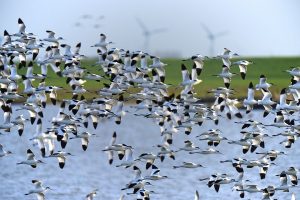 Incorporate ready-made zoology cards and locate animals’ habitats on a world map! Or take a cue from the work of Dr. Kays! Engage in a mini-unit on the migratory patterns of an array of animals including birds.
Incorporate ready-made zoology cards and locate animals’ habitats on a world map! Or take a cue from the work of Dr. Kays! Engage in a mini-unit on the migratory patterns of an array of animals including birds.
Suddenly feeling surrounded by animal experts? Let your students focus on a favorite species. Have them gather some information, and share their own “discovery” with the class!
Observing the Olinguito
The olin- . . . what? The olinguito is a small member of the raccoon family, with a tail about the same length as its 14-inch body! A fruit-eating carnivore that only comes out at night, it lives in high elevations in Ecuador and Colombia.
While a specimen from the Smithsonian led to its discovery, specimens from other museums provided additional helpful details. After all, museum specimens give a glimpse into an animal’s life. From them, it is possible to identify where an animal may have lived in the past and predict where it could be living in the present day!
Dr. Kays’ experience discovering the olinguito reminds us of the potential for discovery all around us. By observation, we can learn about how animals evolve and change and the adaptations they make along the way!
It Takes a Team
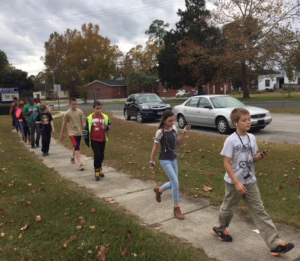 Interestingly enough, Dr. Kays’ work on the olinguito (and his other research and experimentation) has not been not done in isolation. He is often just one of the animal experts on team of different experts. Folks working in technology and in other areas of science, including meteorologists, also play a part!
Interestingly enough, Dr. Kays’ work on the olinguito (and his other research and experimentation) has not been not done in isolation. He is often just one of the animal experts on team of different experts. Folks working in technology and in other areas of science, including meteorologists, also play a part!
There are plenty of discussions to be had (and subsequently, lessons to be learned) from this experience. Take advantage of the opportunity to talk about teamwork. Engage in some team-building activities with your class! After all, a new year is just around the corner. It’s the perfect time to remind your students about working together for the common good!


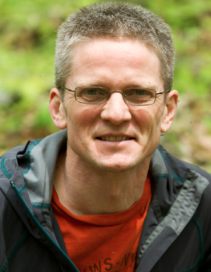
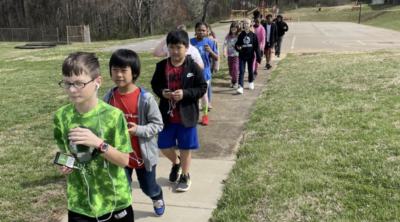
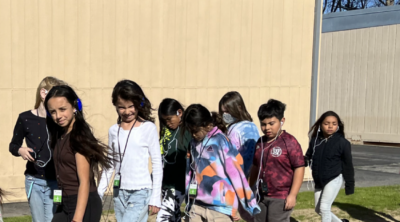
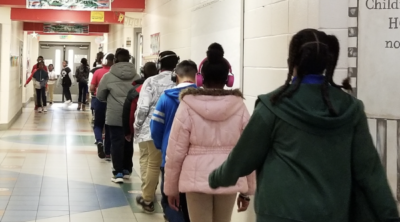
Leave a Reply